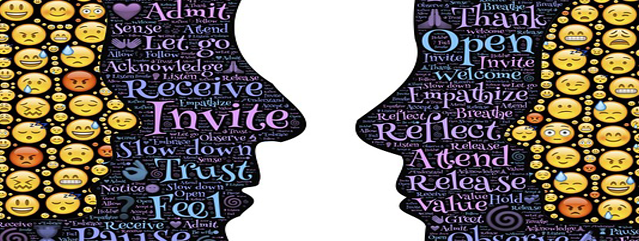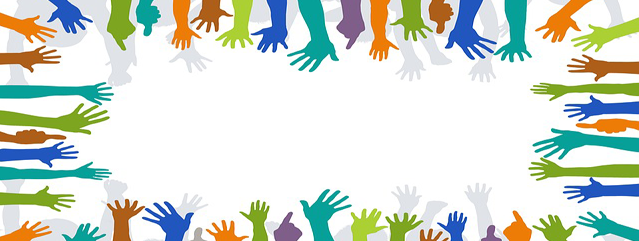A Tribute to Oliver Sacks
The following tribute to Oliver Sacks, an eminent neurologist, prolific writer, and quintessential humanist who died from cancer at 82 on August 30, is dedicated to Christy Lyn Bailey, who died from Inflammatory Breast Cancer (IBC) in June 2015. A good friend to many people around the world, she lived each day with passion and curiosity – she traveled to nineteen different countries, completed marathons and triathlons, left her corporate job and joined the Peace Corps. Christy also pursued her passion for writing and teaching: she earned an MFA, and taught creative writing to university students, and to homeless children. And she wrote a memoir, which tells of her journey toward acceptance after losing her hair to alopecia areata.
Christy was a first-rate storyteller, and shared her IBC experience online with countless compassionate readers. Each story she shared revealed her bravery, sensitivity, love, and gratitude. As her mother says, “She dreamed big.” Christy worked hard to survive, to say all she needed to say, to write what she needed to write, but mostly she gave to others – right up until she fell into a peaceful and ever-lasting sleep.
Do you feel your work is done? Do you have more to do, to give, to write, to say? Oliver Sacks leaves us to ponder such existential inquiries in his essay, “Sabbath.”
It’s evident he had more to say, even as his death drew nigh: Fourteen days before he took his last breath, the New York Times published “Sabbath.” In the essay, Sacks speaks out about his withdrawal from the Jewish rituals he grew up with, his indifference to his parents’ beliefs, and his addiction to methamphetamines. In the context of his sexuality, he speaks to how the writing of his newly released memoir, On the Move, allowed him to finally unearth what he had kept buried away for far too long: “I had been able, for the first time in my life, to make a full and frank declaration of my sexuality, facing the world openly, with no more guilty secrets locked up inside me.”
Sacks was also the kind of man who thought deeply about others. His natural curiosity and interest in the world around him, and likely his sense of isolation from his family who questioned his sexual orientation, drove him to venture far from his family in England. In 1960, as a new physician, he left for Los Angeles, where he found what he called a “sort of connection.” Still, Sacks yearned for some deeper meaning – lacking that, an addiction to methamphetamines lured him in. But he recovered, slowly, and found his way: He worked as a physician at a chronic care hospital in the Bronx, where his fascination with his patients mobilized him to tell their stories, unfathomable stories he felt it was his mission to share. That’s when he became a storyteller, a storyteller of the human condition. Those stories span the pages of The Man Who Mistook his Wife for a Hat, in which Sacks shows the struggles of his patients living with various neurological disorders. At the same time, he eloquently describes the resilience of the human spirit, making each and every individual he writes about real life human beings on the page. Sacks’ curiosity and interest in others is steadfast and palpable in the other dozen books he has written such as Hallucinations, Awakenings, and The Mind’s Eye.
It’s Sacks’ open, empathetic, and introspective storytelling that prompts us to ask of ourselves, “What moves us? What must we share with others? In his essay, “Altered States,” though Sacks suggests that drugs is a “shortcut” to “transcendence,” he’s also clear about one thing: that understanding can be found through other means. As Sacks reminds us in the essay, the point is “To live on a day-to-day basis is insufficient for human beings; we need to transcend, transport, escape; we need meaning, understanding, and explanation; we need to see over-all patterns in our lives. We need hope, the sense of a future. And we need freedom (or, at least, the illusion of freedom) to get beyond ourselves … to travel to other worlds, to rise above our immediate surroundings.”
That’s exactly what Oliver Sacks and Christy Bailey did – they rose above their “immediate surroundings.” They left us with the and abundance of hope.
Read More






Recent Comments